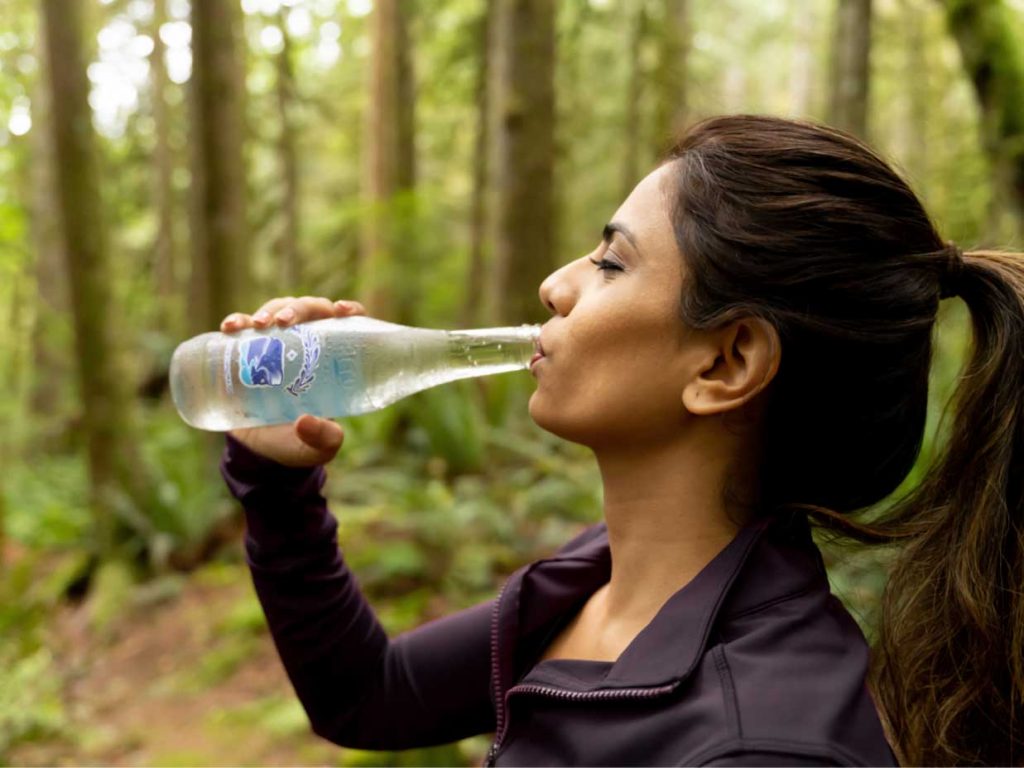Putting food on our plates uses enormous quantities of water and, with the world population expected to rise to around 9.5bn by 2050, the demand for water in the food and beverage sector will continue to increase.

Most of the water consumed in food production is in agricultural irrigation. Climate change is creating more and more arid areas which means that irrigation water, increasingly, will have to be produced by desalination to adjust salinity and sodium absorption ratio as well as remove boron, nitrate and other trace contaminants like heavy metals.
Closely behind irrigation water in terms of water consumption in food and beverage production is the water used for cleaning in place of processing equipment. Here water scarcity and cost is driving re-use and recovery. Clean-in-place (CIP) can account for up to 70% of a factory’s water usage, even in applications where the principal constituent of the product is water. This waste water is mostly discharged to sewer with or without some form of on-site treatment to reduce COD and suspended solids.
Membrane Technology
This is where membranes can play a big role in reducing water consumption. Membrane bioreactors, such as te-memTM, with their capability of removing bacteria and viruses, can produce an effluent which can be fed directly to reverse osmosis to produce permeate which is usually of superior quality to mains drinking water.
Whist this water is entirely safe in contact with food products, there is still a good deal of resistance due to its public perception. In the long term, this can be changed by education but, in the meantime, recycled water is increasingly used for cleaning in place systems.
Reverse Osmosis
Reverse osmosis has, of course, been used for many years in beverage production to treat local drinking water supplies to remove hardness, alkalinity, nitrate, and other problem contaminants. It is also a physical barrier to bacteria and Cryptosporidium.
Treating local water sources to produce low TDS permeate for controlled remineralisation to meet the exacting standards of international brands or in-house quality requirements is the norm for many applications such as soft drinks, bottled waters, and re-profiling of brewing liquors in multi-product breweries.
In operation, reverse osmosis technology uses no hazardous chemicals, and this makes for ease of compliance with health and safety and HACCP requirements. It is also widely used for the other major area of water consumption: utilities. Reducing the TDS of boiler and cooling tower make-up water has a big impact in reducing blowdown and, consequently, reducing both water consumption and operating costs.
But reverse osmosis is energy hungry and this, as we have seen over the last two years, makes it increasingly expensive to operate.
Ultra-efficient Reverse Osmosis
The latest addition to our product range, the SAM50 reverse osmosis system, delivers significant advantages compared to traditional reverse osmosis technologies. The SAM50 was developed by University of Birmingham spin out Salinity Solutions. It is a fully automatic batch reverse osmosis system with a unique free piston energy recovery pressure exchanger.
The small footprint, modular units use standard 8” reverse osmosis elements and feature “plug and play” installation.
By comparison to conventional reverse osmosis systems, it can reduce energy consumption by up to 50% and is capable of high recovery, reducing wastewater by up to 80%. That’s good for the environment, good for water conservation, and good for your bottom line.
For our next generation high efficiency reverse osmosis technology, please click here